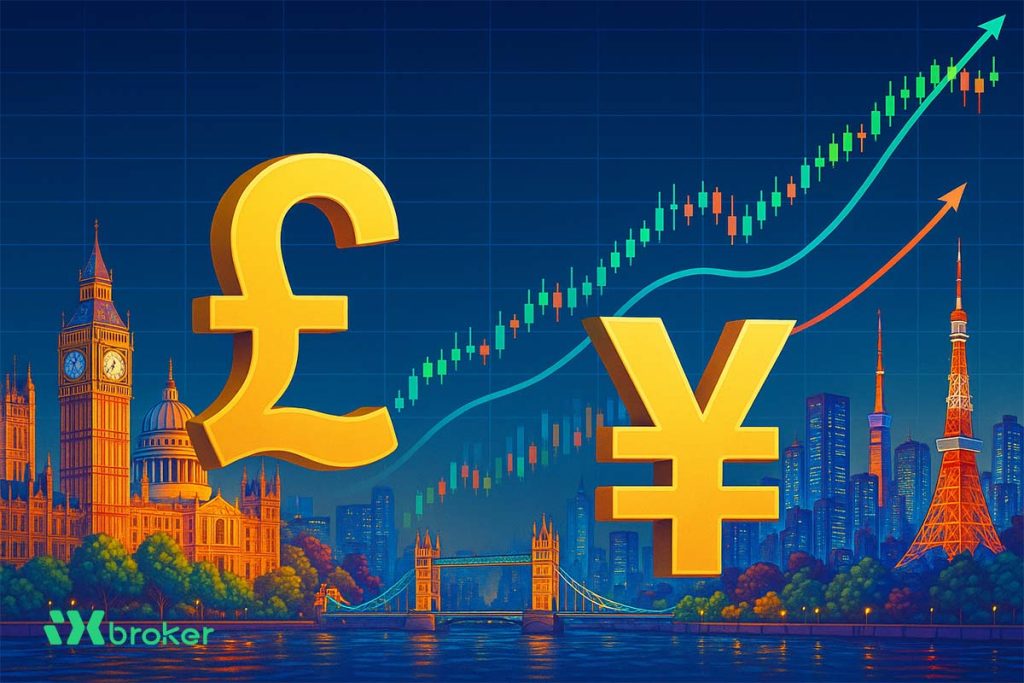Gold (XAU/USD) steadied on Tuesday after heavy intraday selling earlier pushed prices to a three-week low, as investors shifted out of safe-haven assets amid renewed risk appetite. At the time of writing, XAU/USD trades around $3,940, down nearly 0.85% on the day, after briefly dipping below the $3,900 mark.
The rebound comes as optimism builds around a potential US-China trade breakthrough, with market focus turning to the upcoming meeting between US President Donald Trump and Chinese President Xi Jinping, set to take place Thursday on the sidelines of the APEC summit in South Korea.
Gold has now corrected roughly 10% from last week’s record high of $4,381, with traders locking in profits and rebalancing portfolios after an extended rally. The move is seen as a healthy consolidation phase, as some investors position ahead of the Federal Reserve’s (Fed) policy decision due Wednesday.
Markets overwhelmingly expect the Fed to cut interest rates for the second time this year, following a 25-basis-point reduction in September — the first since December 2024. However, with the rate cut already priced in, investor attention will be on Chair Jerome Powell’s post-meeting comments. A dovish stance could revive demand for the non-yielding metal, while a more hawkish tone might cap upside momentum and keep gold near recent lows.
Trade optimism drives market sentiment
On Monday, President Trump expressed confidence in a positive trade outcome, saying he has “a lot of respect for President Xi” and expects both nations “to come away with a deal.” This followed a weekend framework agreement between US and Chinese negotiators that set the stage for the Trump-Xi meeting later this week.
The progress has eased concerns of renewed trade tensions before the current truce expires on November 10. On Sunday, US Treasury Secretary Scott Bessent announced that China will delay its new rare-earth export controls for one year and commit to “substantial” US soybean purchases, while the threat of 100% tariffs on Chinese imports has been “effectively removed.”
Separately, President Trump met Japanese Prime Minister Sanae Takaichi in Tokyo on Tuesday for talks centered on trade and economic security. Both countries unveiled a new pact on rare-earth and critical minerals to strengthen supply chains and reduce reliance on China. Japan also agreed to increase imports of US agricultural products and automobiles.
The US also concluded fresh trade deals with several Southeast Asian nations on Sunday, including reciprocal-tariff agreements with Malaysia and Cambodia, and preliminary frameworks with Thailand and Vietnam.
A Reuters survey released Monday showed analysts expect gold to average $4,275 per ounce in 2026. The same poll — covering 39 analysts and traders — raised the 2025 forecast to $3,400 from $3,220 in July. The higher projections reflect persistent geopolitical risks, strong central bank demand, and expectations of further Fed rate cuts, all supporting a long-term bullish outlook for gold.
Global gold ETF holdings fell for the third straight day to 98.19 million ounces as of October 24, marking the first weekly outflow after eight consecutive weeks of inflows. Despite this pullback, holdings remain near a three-year high and up 15.6% year-to-date.
Overall, while near-term sentiment has turned cautious, the broader outlook for gold remains constructive. The ongoing US government shutdown, along with continued geopolitical and economic uncertainty, supports a floor for prices, while expectations of lower rates should keep downside risks limited.
Technical analysis: bearish momentum weighs on XAU/USD
Gold continues to extend its decline, forming lower highs and lower lows on the 4-hour chart — a sign that sellers remain firmly in control. The metal trades below the 21-, 50-, and 100-period Simple Moving Averages (SMAs), with the 21-SMA crossing beneath the longer-term averages, reinforcing the short-term bearish outlook.
Immediate support lies between $3,900 and $3,890, where a clear break could trigger further losses toward the $3,800 zone. On the upside, initial resistance is seen near $4,000, followed by stronger barriers between $4,050 and $4,150 — an area where the moving averages converge and could cap recovery attempts.
The 4-hour Relative Strength Index (RSI) sits in oversold territory near 28, suggesting the potential for short-term consolidation or a mild rebound before the downtrend resumes. On the daily chart, the RSI has fallen below 50 after retreating from overbought levels, indicating that additional downside pressure remains likely in the medium term.


